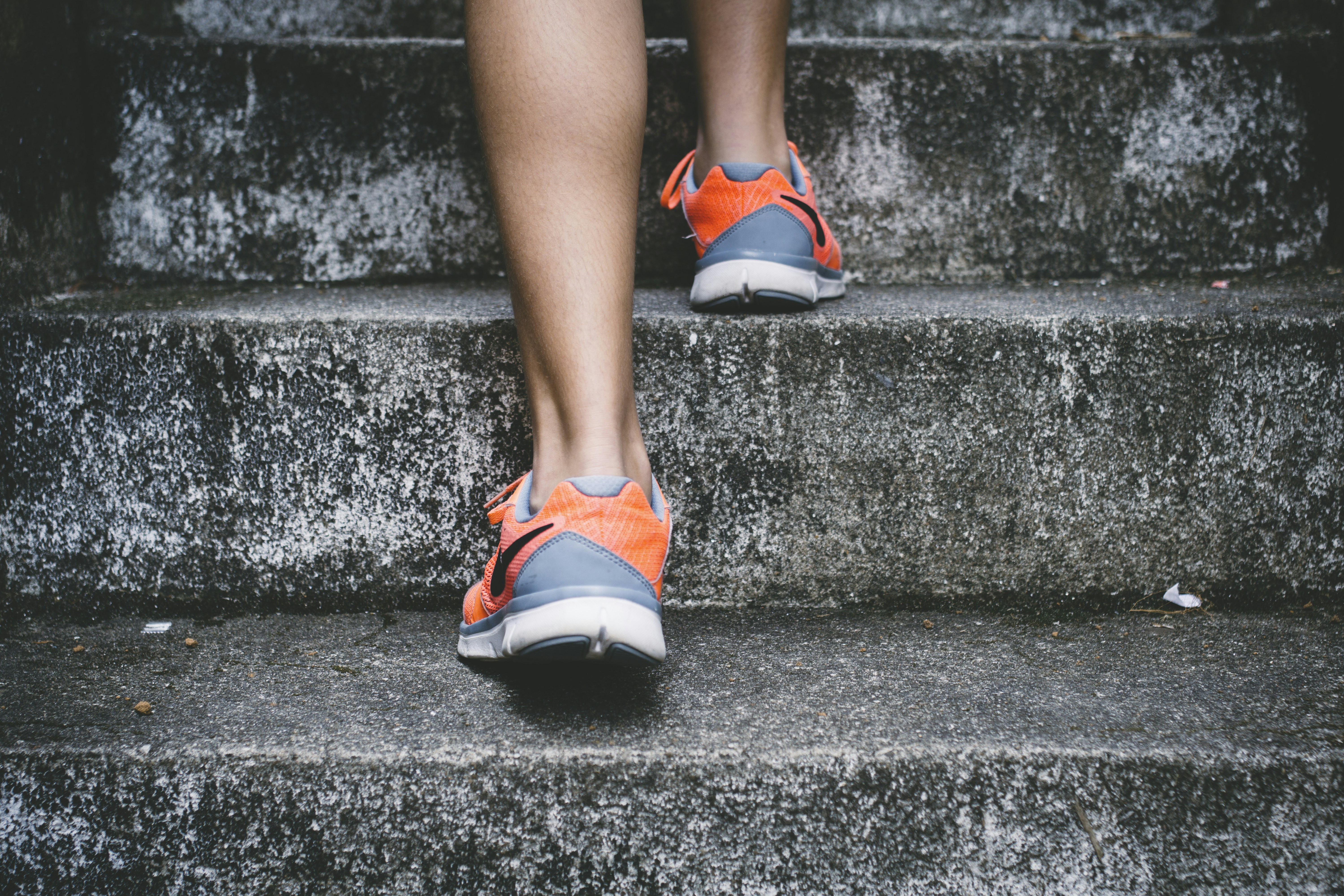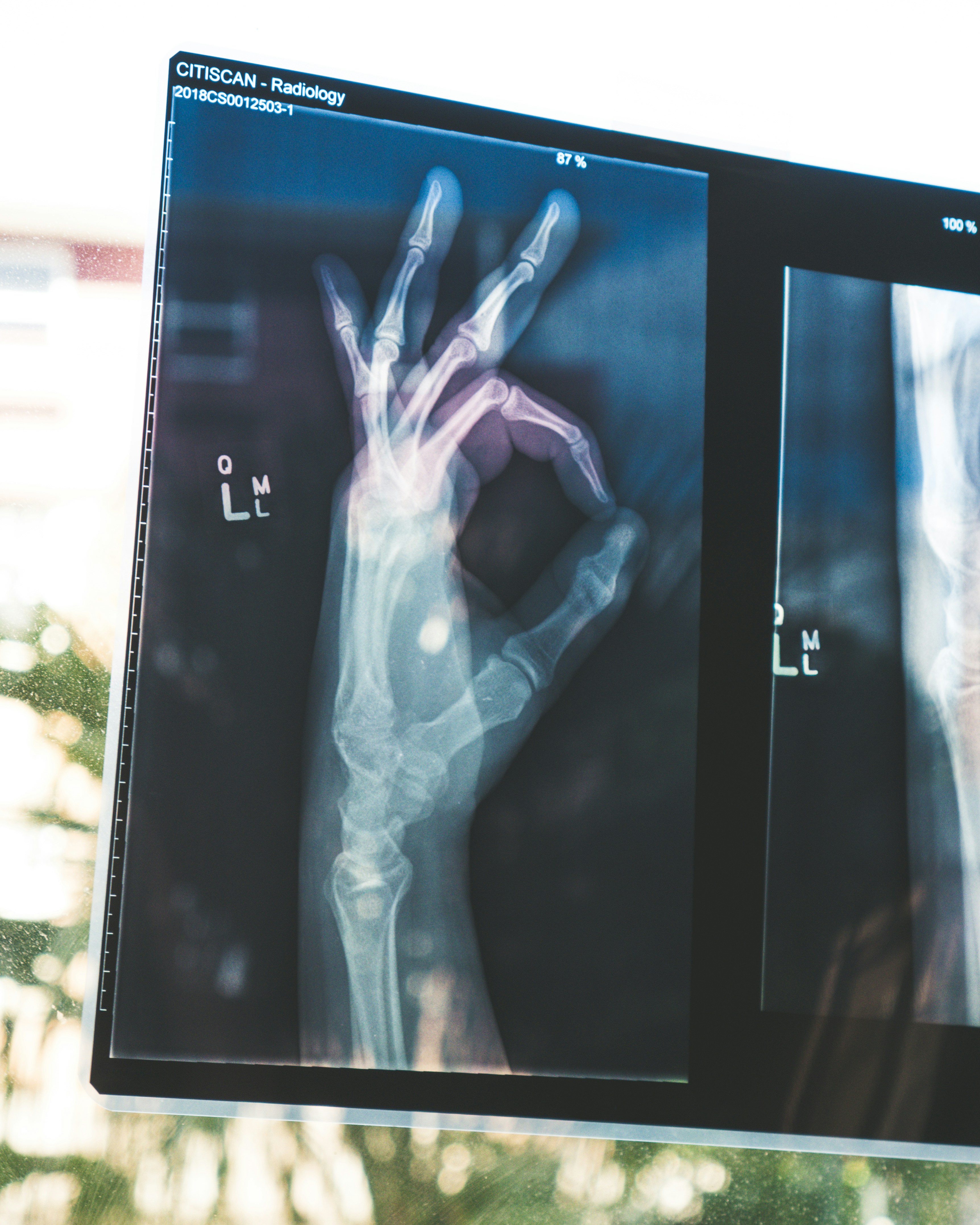Is Agoraphobia Considered a Disability?
Is agoraphobia considered a disability? This article explores the impact of agoraphobia on daily life, legal recognition, and support systems available, providing a comprehensive understanding of the topic.
In this article, we’ll explore whether agoraphobia is considered a disability. We’ll talk about what agoraphobia is and how it affects people’s daily lives. We’ll also discuss the legal aspect and whether individuals with agoraphobia are protected by disability laws. By the end, you’ll have a better understanding of how agoraphobia is viewed in terms of disability.
What is Agoraphobia?
Definition of Agoraphobia
Agoraphobia is a type of anxiety disorder characterized by an intense fear of situations or places where escape or help might be difficult. People with agoraphobia often experience overwhelming anxiety and panic attacks when they are in situations or locations that trigger their fear. This fear typically leads to avoidance of these places or situations, which can significantly impact their daily lives and functioning.
Characteristics of Agoraphobia
Agoraphobia is often associated with a fear of open spaces, crowded places, public transportation, shopping malls, or being outside the comfort of one’s home. Individuals with agoraphobia may also have a fear of losing control or experiencing a panic attack in these situations. This fear can be so severe that it leads to a complete avoidance of certain places, causing individuals to become socially isolated and dependent on others for support.
Agoraphobia as a Mental Health Condition
Overview of Mental Health Conditions
Mental health conditions refer to a broad range of disorders that affect a person’s thoughts, emotions, and behavior. These conditions can significantly impact an individual’s daily life and functioning, including their ability to work, interact with others, and maintain relationships. Agoraphobia is one such mental health condition.
Classification of Agoraphobia as a Mental Health Condition
According to the Diagnostic and Statistical Manual of Mental Disorders (DSM-5), agoraphobia is classified as an anxiety disorder. It is often diagnosed alongside other anxiety disorders, such as panic disorder. The DSM-5 provides criteria and guidelines for the diagnosis of mental health conditions, including agoraphobia.
Symptoms of Agoraphobia
The symptoms of agoraphobia can vary from person to person and may include:
- Intense anxiety or panic attacks in certain situations or places
- Avoidance of specific places or situations
- Fear of being unable to escape or get help if necessary
- Dependency on others for support and reassurance
- Feelings of isolation and loneliness
- Physical symptoms such as rapid heartbeat, sweating, trembling, or shortness of breath during anxiety episodes
- Restriction of daily activities and a significant impact on quality of life
Understanding Disability
Definition of Disability
Disability is a term used to describe a physical or mental impairment that substantially limits a person’s ability to perform major life activities. These include activities such as walking, seeing, hearing, speaking, and working. Disabilities can be temporary or permanent, and they can vary in severity.
Different Types of Disabilities
There are various types of disabilities, ranging from physical disabilities like mobility impairments or visual impairments to intellectual disabilities, developmental disabilities, and mental health conditions. Each type of disability presents unique challenges and may require different forms of support and accommodations.
Agoraphobia and Disability
Is Agoraphobia Recognized as a Disability?
Yes, agoraphobia can be considered a disability under certain circumstances. The Americans with Disabilities Act (ADA) in the United States recognizes mental health conditions, including agoraphobia, as disabilities. This means that individuals with agoraphobia are protected by the ADA and may be entitled to reasonable accommodations in the workplace and public spaces.
Legislation and Disability Recognition
Different countries have their own legislation and guidelines regarding the recognition of disability. In the United States, the ADA prohibits discrimination against individuals with disabilities and ensures equal opportunities in employment, transportation, public accommodations, and other areas of life. Other countries may have similar laws and regulations that protect the rights of individuals with disabilities, including those with agoraphobia.
Challenges in Recognizing Agoraphobia as a Disability
Despite legal recognition, there can still be challenges in fully recognizing agoraphobia as a disability. Some people may not understand the severity of the condition or the impact it can have on an individual’s daily life. Stigma and misconceptions surrounding mental health conditions can also contribute to these challenges, making it difficult for individuals with agoraphobia to receive the support and accommodations they need.
Impacts of Agoraphobia on Daily Life
Limitations and Difficulties Experienced by Agoraphobia Patients
Agoraphobia can have a significant impact on an individual’s daily life. The fear and anxiety associated with this condition often lead to avoidance behaviors, which can limit an individual’s ability to engage in activities outside their comfort zone. Tasks such as going to work, grocery shopping, or attending social events can become overwhelming and even impossible for someone with agoraphobia.
Effects on Employment and Work Life
Agoraphobia can present significant challenges in the workplace. Individuals may struggle with commuting to work, attending meetings or conferences, or even being in a crowded office environment. These difficulties can lead to absences, decreased productivity, and may even result in job loss if appropriate support and accommodations are not provided.
Social Interactions and Agoraphobia
Agoraphobia often leads to social isolation and a limited social support network. The fear of being in public places or experiencing a panic attack can prevent individuals from maintaining relationships, participating in social activities, and enjoying a fulfilling social life. This isolation can impact an individual’s mental well-being and exacerbate their agoraphobic symptoms.
Support Systems for Agoraphobia Patients
Therapies and Treatment Options for Agoraphobia
Various therapeutic approaches can help individuals with agoraphobia manage their symptoms and improve their quality of life. Cognitive-behavioral therapy (CBT) is often recommended for agoraphobia and focuses on identifying and changing negative thought patterns and behaviors. Exposure therapy, a form of CBT, gradually exposes individuals to their feared situations or places in a controlled and supportive environment, allowing them to confront their fears and reduce anxiety.
Supportive Measures and Accommodations
Supportive measures and accommodations can also play a crucial role in assisting individuals with agoraphobia. These may include flexible work hours, allowing remote work options, modifying work environments or tasks, and providing support animals or emotional support services. In public spaces, accommodations such as accessible entrances, seating areas, or quieter waiting areas can help individuals with agoraphobia feel more comfortable and confident to access these spaces.
Role of Rehabilitation Programs
Rehabilitation programs, both inpatient and outpatient, can provide individuals with agoraphobia access to comprehensive treatment and support. These programs often combine therapy, medication management, and skill-building activities to help individuals overcome their fears, develop coping strategies, and gradually reintegrate into their daily lives.
Legal Rights for Agoraphobia Patients
Disability Rights Legislation
In countries with disability rights legislation, such as the ADA in the United States, individuals with agoraphobia have legal rights and protections. These legislations ensure equal opportunities, prohibit discrimination, and require employers and public establishments to provide reasonable accommodations to individuals with disabilities, including agoraphobia.
Reasonable Accommodations in the Workplace
Reasonable accommodations in the workplace for individuals with agoraphobia may include flexible work arrangements, modified schedules, telecommuting options, or the provision of a calm, quiet workspace. Employers are legally obligated to engage in an interactive process to determine and provide reasonable accommodations that would enable individuals with agoraphobia to perform their job duties.
Access to Public Spaces
Individuals with agoraphobia also have the right to access public spaces, such as transportation services, shopping centers, and recreational facilities. These spaces should be designed and managed in a way that accommodates the needs of individuals with disabilities, including agoraphobia. Examples of accommodations may include accessible entrances, clear signage, and alternative options for navigating crowded areas.
Agoraphobia and Social Security Disability Benefits
Eligibility Criteria for Social Security Disability Benefits
In some cases, individuals with agoraphobia may be eligible for Social Security Disability benefits in the United States. To qualify for these benefits, individuals must meet certain criteria, including having a medically determinable mental impairment, such as agoraphobia, that prevents them from engaging in substantial gainful activity.
Medical Evidence for Agoraphobia Disability Claims
When applying for Social Security Disability benefits, medical evidence is crucial in supporting the claim of agoraphobia as a disabling condition. This evidence may include medical records, diagnostic assessments, treatment history, and reports from mental health professionals. A comprehensive understanding of an individual’s symptoms and limitations is essential for establishing the severity and impact of agoraphobia on their ability to work and function.
Navigating the Application Process
Navigating the application process for Social Security Disability benefits can be complex and challenging. It often involves gathering extensive documentation, completing forms, and meeting specific deadlines. It is advisable for individuals with agoraphobia seeking disability benefits to consult with a qualified attorney or advocate who specializes in disability law to ensure all necessary steps are followed and the best possible outcome is achieved.
Debates and Controversies
Critiques of Disability Recognition
There are ongoing debates and controversies regarding the recognition of disabilities, including agoraphobia. Some critics argue that the criteria for disability recognition may be too narrow and fail to capture the full impact of certain conditions, leading to the exclusion of individuals who may require support and accommodations. Others contend that the system may be susceptible to abuse or exploitation.
Societal Perceptions and Stigma Surrounding Agoraphobia
Agoraphobia, like many other mental health conditions, is often stigmatized and misunderstood by society. Individuals may face judgment, ridicule, or discrimination due to their condition, which can further exacerbate their challenges and isolate them from accessing support. Addressing societal perceptions and reducing stigma are crucial in fostering understanding and empathy towards individuals with agoraphobia.
Balancing Individual Needs and Societal Support
Recognizing agoraphobia as a disability requires striking a balance between responding to individual needs and providing societal support. It necessitates the acknowledgment of the impact that agoraphobia can have on an individual’s day-to-day life, while also considering the larger context of disability rights, accommodations, and resources available to support individuals with various disabilities, including agoraphobia.
Case Studies and Personal Experiences
Real-life Stories of Agoraphobia Patients
The experiences of individuals living with agoraphobia can provide valuable insights into the challenges they face and the potential for growth and recovery. Personal stories can contribute to increased awareness, knowledge, and empathy towards agoraphobia, helping to reduce stigma and encourage support and understanding for those living with the condition.
Challenges and Triumphs
Stories of individuals with agoraphobia often highlight the challenges they encounter in their daily lives, from the debilitating anxiety and panic attacks to the impact on employment, relationships, and social interactions. However, these narratives also shed light on the resilience, determination, and triumphs that individuals with agoraphobia can achieve through treatment, support, and personal growth.
Importance of Sharing Experiences
Sharing experiences of living with agoraphobia can foster a sense of community, provide support for others facing similar challenges, and promote understanding among those who may not be familiar with the condition. Personal narratives help to humanize agoraphobia and reaffirm that it is a real and valid disability that deserves recognition, support, and accommodations.
Advocacy and Awareness
Promoting Understanding and Acceptance
Advocacy and awareness initiatives play a crucial role in promoting understanding and acceptance of agoraphobia as a disability. These efforts aim to educate the general public about the nature of agoraphobia, its impact on individuals’ lives, and the importance of providing support and accommodations to ensure equal opportunities and rights for individuals with agoraphobia.
Educational Initiatives
Educational initiatives can help disseminate accurate information about agoraphobia, debunk misconceptions, and raise awareness about the challenges faced by individuals with the condition. Educational campaigns can be targeted towards schools, workplaces, healthcare settings, and public spaces to foster a more inclusive and supportive environment for individuals with agoraphobia.
Support Organizations and Resources
Support organizations and resources play a crucial role in providing assistance, guidance, and community for individuals with agoraphobia. These organizations offer support groups, helplines, educational materials, and resources to help individuals with agoraphobia and their families navigate the challenges associated with the condition. They also contribute to advocacy efforts and contribute to research and knowledge about agoraphobia.
Public Perception and Changing Attitudes
Misconceptions About Agoraphobia
Misconceptions about agoraphobia abound in society. Some people may mistakenly believe that agoraphobia is merely a fear of open spaces or crowded places, without understanding the debilitating anxiety and panic attacks that accompany the condition. Others may view agoraphobia as a choice or a weakness rather than recognizing it as a genuine mental health condition.
Challenges in Shifting Public Perception
Shifting public perception and challenging deeply ingrained misconceptions can be challenging. It requires comprehensive education and awareness campaigns to provide accurate information about agoraphobia, its causes, symptoms, and treatments. It also involves addressing stigma and discrimination towards individuals with agoraphobia and promoting empathy and understanding.
Efforts to Increase Empathy and Support
Efforts to increase empathy and support for individuals with agoraphobia include sharing personal stories, engaging in open and honest conversations, and providing educational resources for the general public. Media representation and accurate portrayals of agoraphobia in movies, television shows, and literature can also contribute to creating a more empathetic and supportive society.
The Role of Healthcare Professionals
Assessment and Diagnosis of Agoraphobia
Healthcare professionals, particularly mental health professionals, play a critical role in the assessment and diagnosis of agoraphobia. Through comprehensive evaluations, which may include interviews, questionnaires, and observations, healthcare professionals can determine the presence and severity of agoraphobia and develop appropriate treatment plans.
Treatment Approaches
Healthcare professionals are also responsible for providing evidence-based treatment approaches for agoraphobia. These may include various forms of therapy, such as cognitive-behavioral therapy, exposure therapy, medication management, and supportive counseling. By tailoring treatment plans to the individual’s needs and goals, healthcare professionals can help individuals with agoraphobia gain control over their symptoms and improve their quality of life.
Collaboration with Other Fields
Collaboration between healthcare professionals and other fields, such as social workers, occupational therapists, and vocational rehabilitation specialists, is crucial in providing comprehensive support for individuals with agoraphobia. This interdisciplinary approach ensures that individuals receive holistic care that addresses their physical, emotional, social, and occupational needs.
Conclusion
Agoraphobia is a challenging mental health condition that can have a significant impact on an individual’s life. While it is recognized as a disability under certain circumstances, there are still challenges in fully recognizing and accommodating agoraphobia. It requires a collective effort from individuals, communities, healthcare professionals, and policymakers to promote understanding, provide support, and foster an inclusive society that accommodates the needs of individuals with agoraphobia. By working together, we can ensure that individuals with agoraphobia receive the recognition, support, and accommodations necessary to live fulfilling lives.



